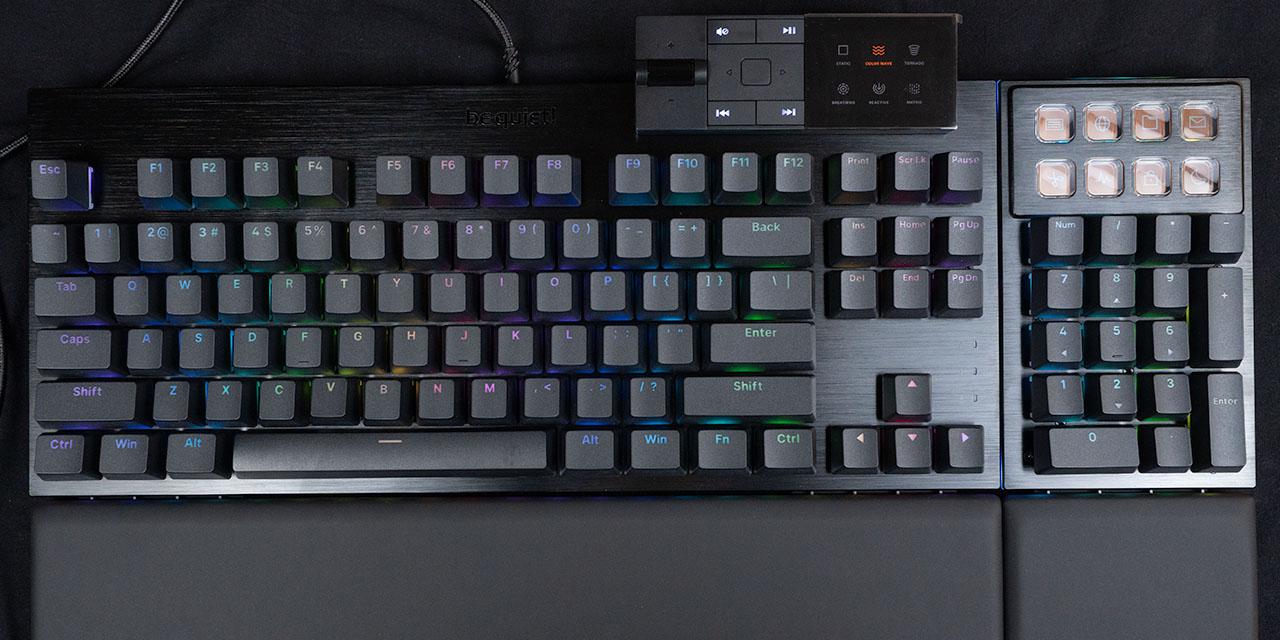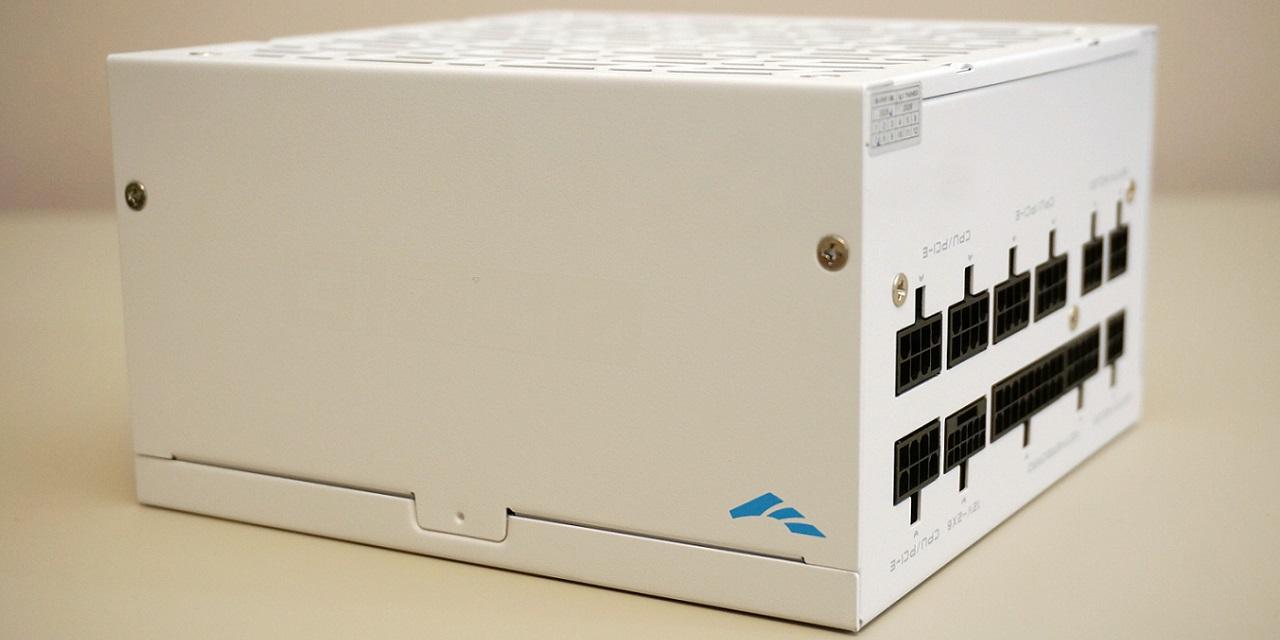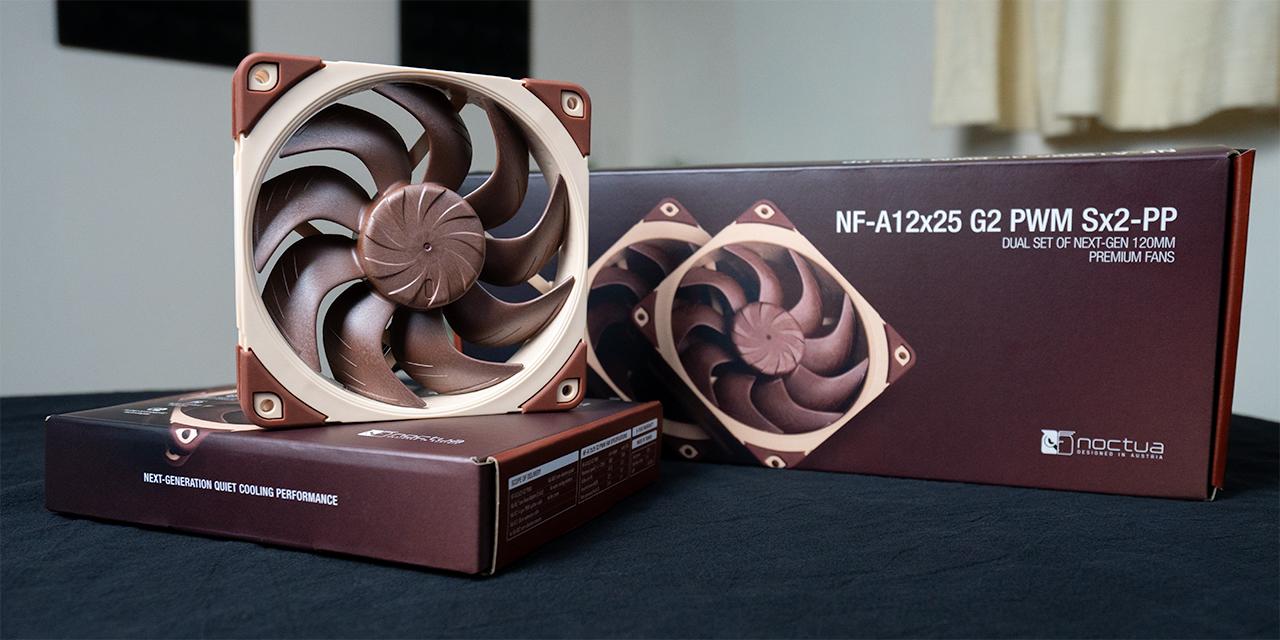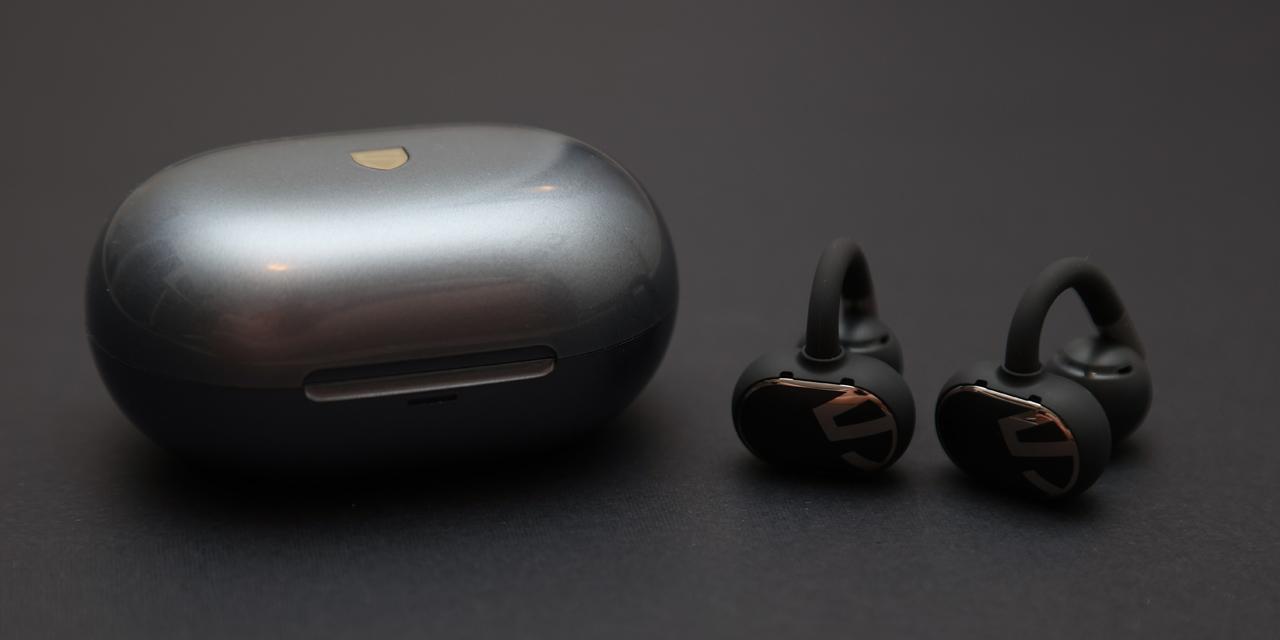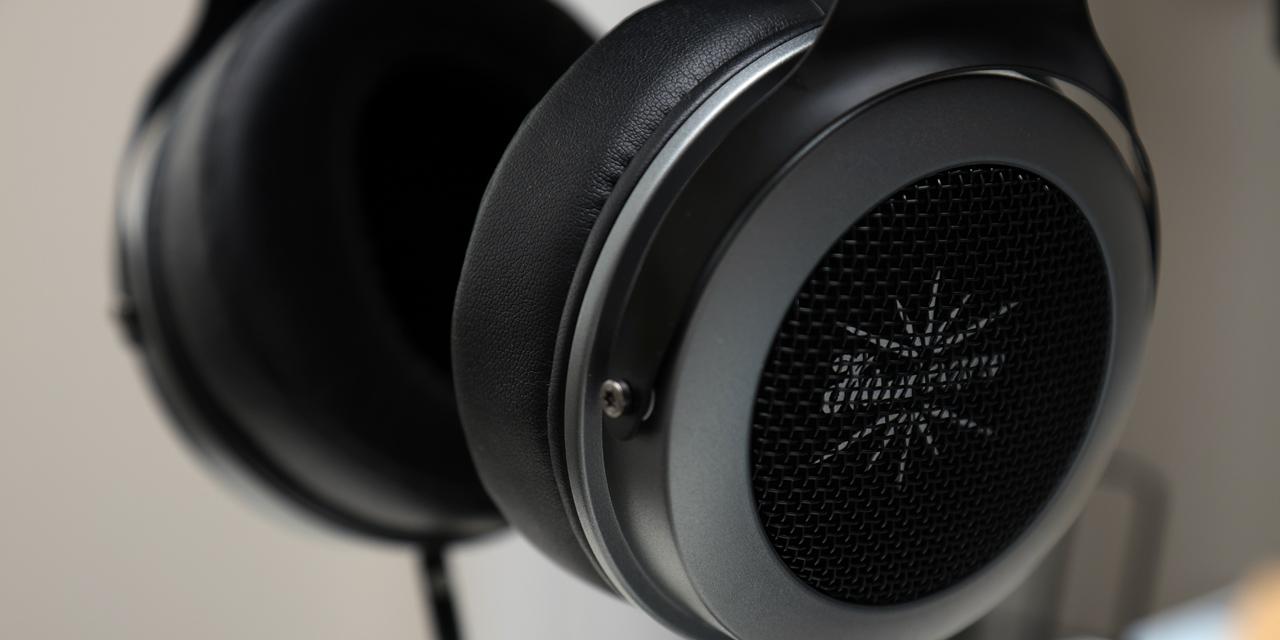From PC World: Move over, Tegra K1, you’re already obsolete. At a Sunday night press conference, Nvidia CEO Jen-Hsun Huang launched a new mobile superchip, the Tegra X1. If Nvidia has its way, the X1 will be the graphics and artificial intelligence engine for the car of tomorrow.
The Tegra X1 includes a 256-core “Maxwell” CPU, the same architecture that Nvidia launched last February. Maxwell powers the GTX 980 and GTX 970 chips that the company launched this fall. But the new X1 also includes an 8-core, 64-bit Denver CPU. All told, the new X1 can process 4K video at 60 frames per second, using either the H.265 or VP9 video codecs.
At last year’s Consumer Electronics Show in January, Nvidia’s Huang debuted the Tegra K1, a mobile chip designed for tablets, cars, and other embedded applications. Then in August, Nvidia disclosed the performance of the 64-bit “Denver” derivative. According to Darrell Boggs, a chip architect for Nvidia, the “Denver” chip” and the 32-bit version of the Tegra K1 share the same 192-core “Kepler” graphics core that helps give the K1 its performance. But the 64-bit Denver includes chip optimizations that can push the number of instructions it can process per clock cycle to 7, versus just 3 for the 32-bit version.
But now we have the Tegra X1, which forms the foundation of Drive CX, a new automotive platform. And by pairing two Tegra X1 chips together, Nvidia plans to market cutting-edge technology called Nvidia PX, which combines real-time machine vision with deep neural learning to evaluate road signs, pedestrians, and other road hazards.
View: Article @ Source Site
